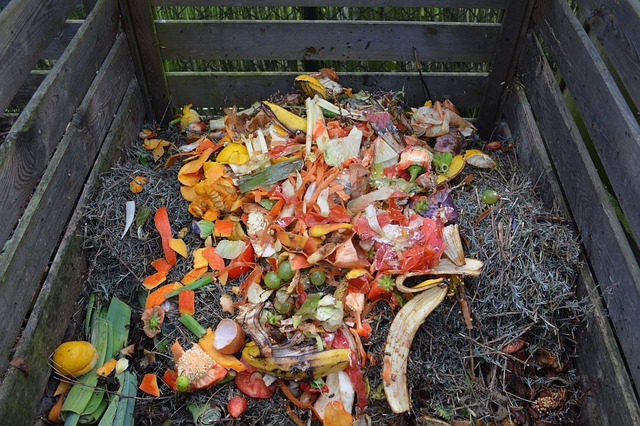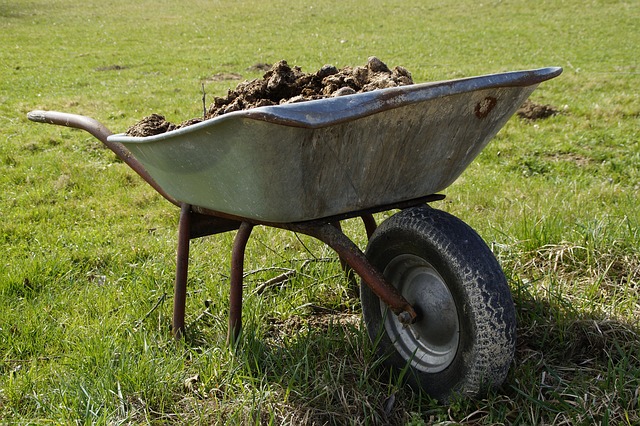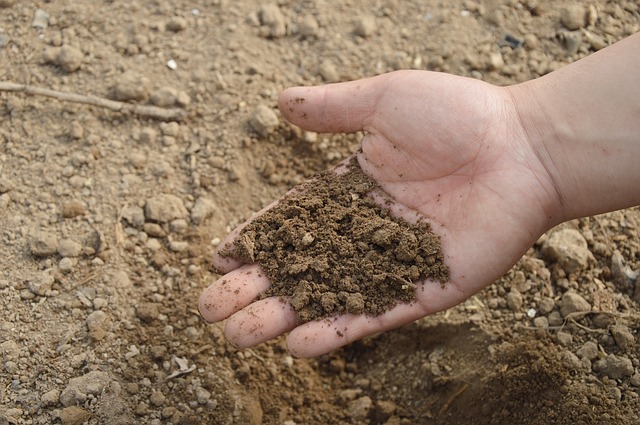Fertilizer for Fruit Trees: How to Select the Right Fertilizer

It’s common knowledge that fruit trees need a few things to flourish like water, sunlight, and food. Wait a minute plants need to eat? Absolutely! For those that thought all you needed to do was plant that fruit tree add some water and watch it grow, well now you know there is one more key. Unless planting in extremely fertile soil, which our Arizona desert soil isn’t, than you need to supply a steady stream of nutrients.
Like a lot of things in life, with fertilizer, there are many different options. Consider these things when you identify what type of fertilizer to use for your fruit tree.
- Slow or Fast Release
- Cost
- Application
- Organic or Synthetic
- Odor
- Types of Nutrients Needed
What do I use to feed my fruit trees? A lot depends on whether you care about being strictly organic or not. If that’s not a concern and you just want to feed your trees by any means possible, then a balanced synthetic fertilizer will do the trick. If you only grow organically then things like manures, compost, or other organic based fertilizers will be your main staple.
Assessing the Label on Fertilizers

When you grab a package of fertilizer from the garden store on the back of the package it’s going to list some elements along with various percentages. The main 3 that you will see are:
N- Nitrogen (Promotes vegetative growth)
P- Phosphorous (Helps plants convert nutrients)
K- Potassium (Regulates stomata or pores in plants and vigor)
Several trace elements like Arsenic, Boron, Calcium, Copper, Iron, Magnesium, Manganese, Sulfur, and Zinc.
The number next to the element indicates the percentage amount of that element in the produce. For example 8-8-8 would mean that it has an equal amount of 8% of each of the elements making it a balanced fertilizer. If you’re not sure what to get or what your fruit tree is lacking. A good balanced fertilizer is a great way to start.
Our soil in the Phoenix Arizona desert tends to lack Nitrogen, so having a fertilizer that is higher in Nitrogen is recommended. Knowing what the major nutrients provide for your fruit tree or when to recognize deficiencies can help you adjust what types of percentages your fertilizer contains. Let’s say you’re getting a lot of growth but lacking bloom, reduce the amount of Nitrogen and use higher levels of Phosphorous and Potassium.
Trace elements aren’t as heavily needed, but are still critical in healthy fruit trees and high quality fruit productions. Plants will suffer when getting too little or too much of these nutrients. It often shows in the leaves when these nutrients are lacking. Different types of yellowing is a common symptom or lack in green color.
RELATED POST: 7 Reasons Why Your Fruit Trees are Losing Leaves
All in with Organics
A lot of us garden for the health benefits, and to know what is going into the foods that we eat, so naturally we choose to go organic. If this is you, then buying synthetic fertilizers is something you’re going to want to avoid.
There are some great organic granular products if you enjoy something that is simply applied by tossing around the base of the tree. These are often made from things like Blood Meal, Feather Meal, Bone Meal, Dried Chicken Manure, Bat Guano, Alfalfa Meal, Kelp Meal, and Potassium Sulfate.
I recommend checking out some of EB Stone’s products by clicking here at Amazon.
Fish emulsion and liquid seaweed are my go-to’s for organic fertilizers, along with rabbit manure. Manures and compost are great sources of organic plant food that provide necessary nutrients for fruit trees.
With manures be careful as some are considered “hot manures” and can burn if not allowed to age. Check out my related post: Should I use Manure for Fruit Trees to learn more about working with manures.

Is it Cost Effective?
With gardening it can be as expensive as you make it. Gardening on a budget is doable. Synthetic fertilizers are generally a cheap way to fertilize as a big bag can last a year or more.
If you make your own compost or have access to manure then this is another way to save some money on plant food. I’ll admit, even though I really like fish emulsion and liquid seaweed, it isn’t the best for someone trying to garden on the cheap.
Ease of Application
Granular fertilizers are simple to apply. It’s basically scooping the desired amount out into a cup and spreading it around the base of the tree while lightly raking it into the soil. Some of the other fertilizer mentioned can be a bit more messy.
With liquid fertilizers it’s often mixed with water which can splatter or spill during the application process. Manures or compost is shoveled and spread around the tree ring. It can be a little more difficult on those that have physical limitations. It’s also working with animal waste or rotten food which can be a turn off for some.
Pee-eww What’s that Smell?
I haven’t found too many fertilizers that don’t have some sort of unpleasant odor to them. The thing with granular is that it may smell, but it’s mainly if you get it near your nose. Once it’s applied it’s not lingering in the air, like some other fertilizer can.
Fish fertilizer is the most off-putting smell when it comes to fertilizers. It has a very strong, pungent odor and it also needs to be mixed in a watering can for application. Once it is applied to the tree, the smell is virtually unnoticeable.
Manure’s can have a lingering odor, depending on the type of manure. I think most of us have driven near a farm and immediately caught a whiff of animal manure. Some find that scent unbearable, while others don’t seem to mind it.
How often do I need to apply?
Certain types of fertilizers are released into the soil quicker than others. The fertilizers that are fast releasing tend to burn plants easier and need more caution when applying. A lot of synthetic based fertilizers breakdown quickly and supply an immediate burst of nutrients.
Some are made with slow release coatings, similar to an extended release pill. Liquid based fertilizer is another form that releases nutrients instantly, but some of the organic types aren’t as susceptible to fertilizer burn.
Fertilizers that release nutrients faster typically need to be applied more frequently. Often times once per month, but make sure you’re following what is recommended on the label.
The majority of the organic based fertilizers are going to be slower release, especially things like compost or manure. These are great in that you only have to apply a couple times of year and it provides a constant supply of food.
Final Rating
Now that you have a good idea of what goes into picking out a fertilizer, it’ll help you to select the best fit for your needs. Here are my winners based on the criteria discussed:
| Best Beginner | Balanced Synthetic Granular Click Here for my Recommendation |
| Best Organic | Compost/Manure Click Here for my Recommendation |
| Best Organic Ease of Use | Balanced Granular Click Here for my Recommendation |
| Best if Cost Doesn’t Matter | Fish Emulsion/Liquid Seaweed Click Here for my Recommendation |
All in all, make sure you’re feeding your fruit trees for healthy, vibrant trees that produce magnificent crops of fruit.
